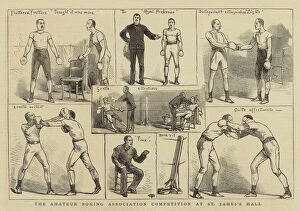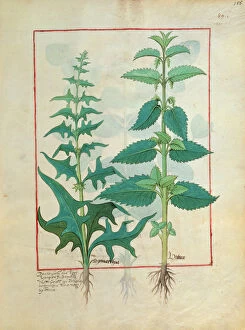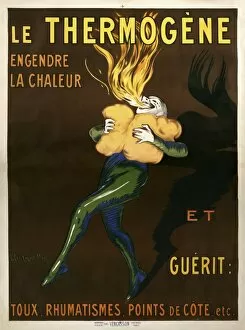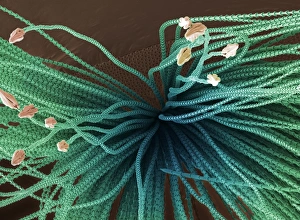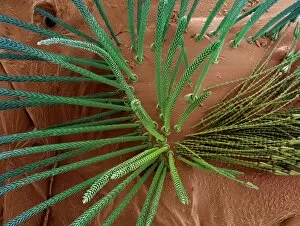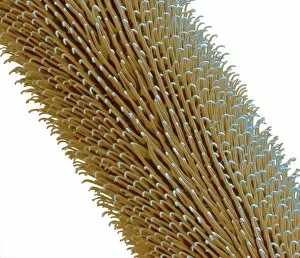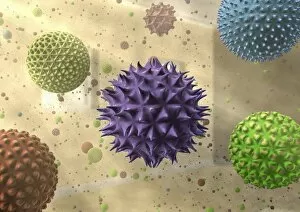Irritant Collection
"Unraveling the Intricacies of Irritants: From Stinging Nettle to Tarantula Hair" In this captivating journey through various realms
All Professionally Made to Order for Quick Shipping
"Unraveling the Intricacies of Irritants: From Stinging Nettle to Tarantula Hair" In this captivating journey through various realms, we explore the multifaceted concept of irritants. Starting with nature's prickly adversary, the stinging nettle (Urtica dioica), we encounter its notorious reputation for causing discomfort and irritation upon contact. Moving on to a different arena, we find ourselves amidst the Amateur Boxing Association Competition at St James's Hall, where adrenaline-fueled bouts leave participants and spectators alike feeling an exhilarating mix of excitement and irritation. Delving into childhood memories, nursery rhymes like "Old Mother Hubbard" and "Peter Piper" resurface, reminding us how seemingly innocent tales can carry subtle hints of annoyance or frustration within their verses. Turning our attention to ancient manuscripts, Ms Fr. Fv VI #1 fol. 156r unveils an intricate illustration from a book dedicated to Urticaceae (Nettle Family). This artistic depiction serves as a reminder that even in historical texts, irritants have left their mark on human experiences. Venturing into the realm of arachnids, spider irritant hair emerges as another intriguing facet. These microscopic hairs possess an uncanny ability to provoke allergic reactions in unsuspecting victims who cross paths with these eight-legged creatures. Shifting gears towards everyday materials used in construction and design, MDF and chipboard C016/4468 make an appearance. While serving practical purposes in our lives, they occasionally introduce minor annoyances or frustrations due to their properties or limitations. Stepping back in time through vintage advertisements takes us to 1909 when Thermogene heat padding was promoted as a remedy for various ailments. However helpful it may be for some individuals seeking relief from discomforts such as muscle pain or stiffness; others might find themselves irritated by its presence or ineffectiveness.



